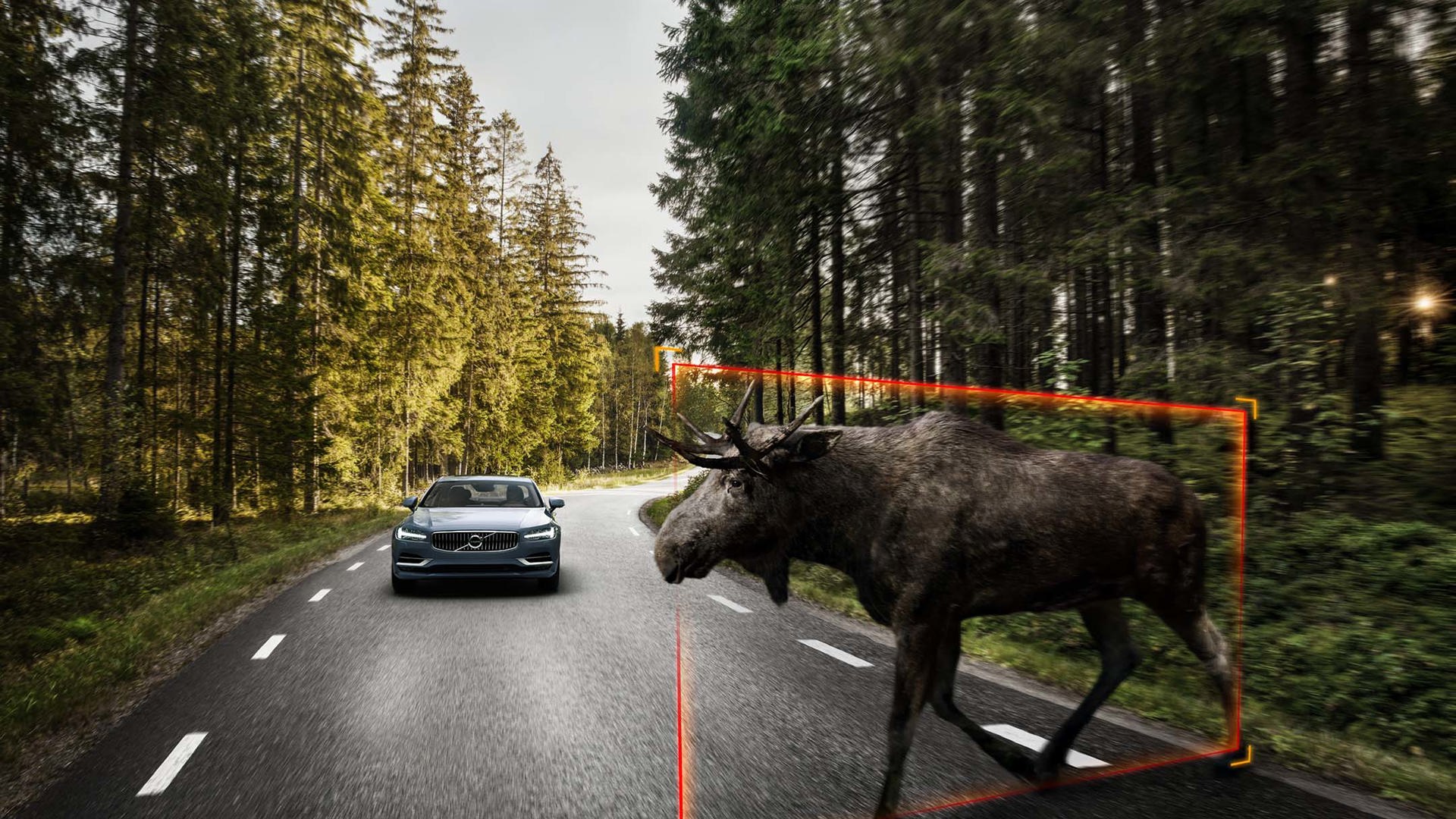As a family, we’ve typically replaced our primary vehicle every five to seven years. That’s about the time when the new-car warranty is firmly in the rear-view mirror and we’d rather not start spending our after-tax dollars repairing something that is dwindling in value, yet is still worth something in terms of resale. That breaking point will be different for everyone; it’s not the least expensive way to own a car, but allows us to keep something relatively current in the garage so we can enjoy new technology and general advancements in the industry as they enter the thick of the new-car market.
Wagons have been the choice for our growing family: our current 2012 Volkswagen Golf TDI succeeded a 2004 Mazda6. Both were great cars, but we’re ready for something new (and no, we won’t talk about Dieselgate here). And narrowing down the field of possible replacements for my wife’s daily driver is key to quickly generating a short list of candidates for test drives.
When people ask me for recommendations on what to look at for their next vehicle, it’s interesting to see that many are all over the map. They’ll mention a four-door sedan, mid-sized crossover and a pickup in the same sentence. That tells me that they really haven’t thought about the day-to-day applicability of the choice they make.
This is a great time for those in the market for a new vehicle, in virtually every segment. And there are precious few offerings that are objectively bad choices. So it’s less about good versus bad and more about what will best suit your needs.
For us, we’ve always had hatchbacks or wagons. When versatility is important, there’s no better way to go. We’ve found that our needs are changing slightly as the family grows: I never thought the question of whether two hockey bags will fit in the cargo hold would be one of our criteria, but that has become a reality for us. And you might be surprised to know that our Golf Wagon’s cargo hold (behind the rear seat) has the length to make this happen. Many compact crossovers, including the new Honda CR-V, can’t manage it.
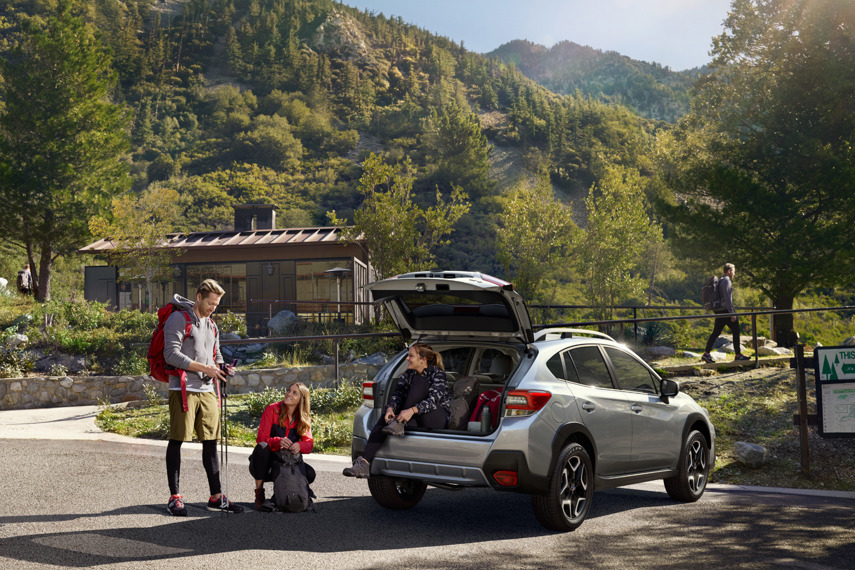
We’ve also become cottage owners in the last twelve months, and while the access is decent, there are a few steep sections of road that require all-wheel drive and increased ground clearance for peace of mind in the winter. A bit of towing capacity won’t hurt, either.
There’s also the matter of wanting (yes, I said it) an automatic transmission in at least one of our vehicles moving forward – something we’ve managed to avoid until now. And while I have every intention of teaching both of our children how to drive a stick-shift as part of their driver training (which starts with my daughter this month), we’ve decided it’s time. Besides, insisting on a manual gearbox places extreme limitations on selection, and I don’t want to miss out on the best all-around vehicle for us just because I want a clutch. My personal vehicle has the proper number of pedals, and I intend to keep it that way.
The final factor we’re considering is overall size. While we want some utility for reasons already mentioned, this will be my wife’s daily driver, and as such it needs to have a high degree of drivability in the city, including not being too unwieldy in crowded parking lots and in our garage.
So it looks like we’ll be shopping for a crossover with all-wheel drive and decent cargo space, but not too big for the daily commute.
The next step is deciding which features are must-haves and which are on the “would be nice” list. A first-world problem to be sure, but this is a significant expenditure, and we want our ride to have the comfort and convenience features that align with our preferences.
Being exposed to vehicles in virtually all segments and price brackets through regular test drives allows us a rare advantage to decipher what is desirable and what seems like an unnecessary frill. But it shouldn’t be too difficult to make a short list that aligns with your budget and suits your needs to help further narrow the field.
Safety

The development of safety technology, and its trickle-down to mainstream vehicles, benefits everyone, even if much of it can’t be appreciated in daily driving. Premium vehicles are the first to include new safety tech, and the popular and successful features are those that find their way into the mass market.
There is an unstoppable march toward autonomous driving, and every manufacturer is pouring significant resources into the research and development of driver assistance technology. Volvo was recently awarded AJAC’s Best New Technology in the safety category for its Pilot Assist II, available on the new S90 sedan. The system is capable of detecting pedestrians, cyclists – and now large animals – on the road and warning the driver accordingly. If the driver fails to react properly, the system will automatically provide braking and steering input to either avoid or reduce the impact of a collision.
While the S90 starts around $60K, there are more affordable rides that put an emphasis on safety. For example, Toyota is making a major push toward putting its best safety technology in nearly every new vehicle it sells in 2017. Toyota Safety Sense C is standard equipment on the 2017 Yaris Hatchback, Prius c and Corolla iM, and includes a pre-collision system, lane-departure alert and automatic high-beams.
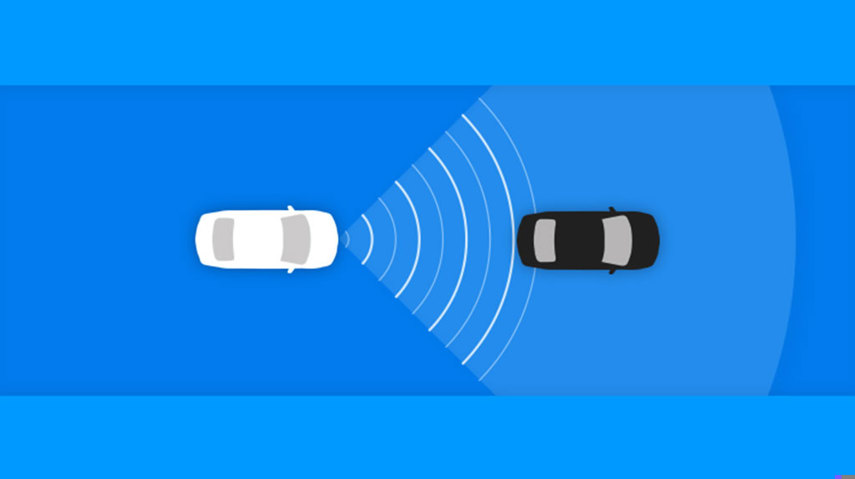
Pre-collision uses camera and laser technology to detect a possible collision situation with another vehicle ahead, and provides warnings and braking assist when required. Lane-departure alert advises when the vehicle is leaving its lane, and provides a warning when necessary. In this version, there is no active steering assistance. And automatic high-beams allow the driver to leave the lights in the high-beam position all the time, and the brights will only engage when doing so will not affect other drivers.
Toyota Safety Sense P, standard on the 2017 Prius, Corolla, RAV4 and Highlander models, adds pedestrian detection to the pre-collision system, as well as radar cruise control, which will automatically keep a minimum distance when approaching a slower vehicle from behind.
If the ride you’re looking for has a forward-looking radar or camera system, the better applications are those that have work-arounds when the driving gets messy. The Kia Sorento’s system allows use of the cruise control system without activating the radar – if the sensor becomes blocked it is still possible to use conventional cruise control.
Also, look for ones that have a stop-and-go function. The system in Toyota’s RAV4 Platinum deactivates at speeds below 40 km/h, while the CR-V’s system can come to a complete stop, and will resume with a quick tap of the accelerator when traffic gets going again.

Onboard cameras are proving increasingly useful for negotiating low-speed situations, particularly in parking lots. Rear-view cameras are either standard or inexpensive options on all but the most basic rides; even the Nissan Micra can be so equipped. But the single best camera feature I’ve seen is found on the VW Golf, which hides it cleverly behind the logo on the liftgate, only peering out when needed. The result? A crisp, clear image no matter how messy the driving conditions.
A more premium feature is the use of multiple cameras to provide additional views or additional sensors to advise of cross-traffic approaching from the side when backing up. The Kia Sorento we recently drove has the 360-degree camera system, but the feature is only available on the $47K SX+ model. The first such example showed up on the Infiniti EX crossover 10 years ago, so it’s fitting that the tech has trickled down to the Versa Note SL, at just under $20K.
Technology

This is where things get fun. Each new model year brings seemingly gargantuan leaps in technology that enhances the user experience in vehicles. It’s a delicate balancing act to keep drivers connected while minimizing distractions. I would argue that the design of some systems is to the detriment of safety while behind the wheel. The most challenging systems seem to come on Honda and Acura vehicles, which require too much attention or too many steps to accomplish basic functions, or the voice recognition system is just plain bad.
Honda seems to be turning a corner, though, now that the new CR-V (unlike the Civic) has an honest-to-goodness volume knob. But the designers of better systems understand that there needs to be a higher degree of redundancy, with common functions accessed via hard buttons or knobs rather than through touch-only controls. Touch controls require attention to deviate from the road ahead, and that’s where we run into issues.
I recently had a 2017 Kia Sorento SX+ for a week, and took it on a family road trip. It has one of the most intuitive infotainment systems I’ve tried recently, and leaves those from Honda and Toyota in the dust. Appealing graphics, ample hard buttons for shortcuts and a generous display size make for an ergonomic success story.
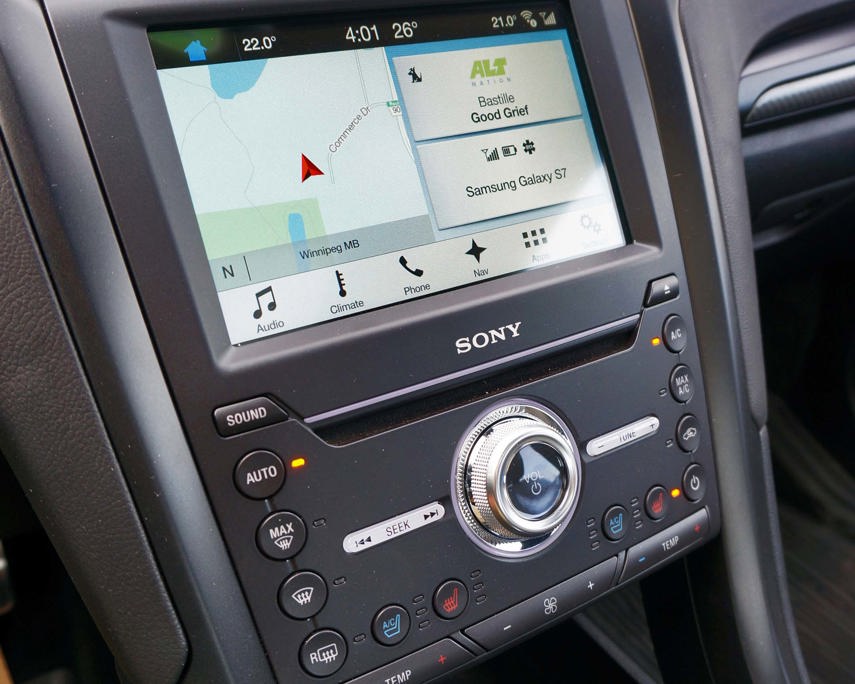
Ford’s Sync 3 is another win, and the example in the 2017 Fusion Sport demonstrates why. There are hard buttons for basic climate, heated seat and audio functions, while the more advanced controls can be accessed on the display.
Intuitive operation is the key to effective integration of new technologies. And the systems that best accomplish this do so by making the interface more like that on your smartphone. That’s why those that have Android Auto and Apple CarPlay are leading the field in this regard. Check out our top five infotainment system picks here.
Perhaps surprisingly, the effectiveness of user interface systems has little to do with price and everything to do with which manufacturers do it better than others. When narrowing your list of potential test drives, look online for resources on which ones are best (this is a constantly moving target), and take the time on your test drive to connect your smartphone and find out what the system has to offer.
Comfort and Convenience
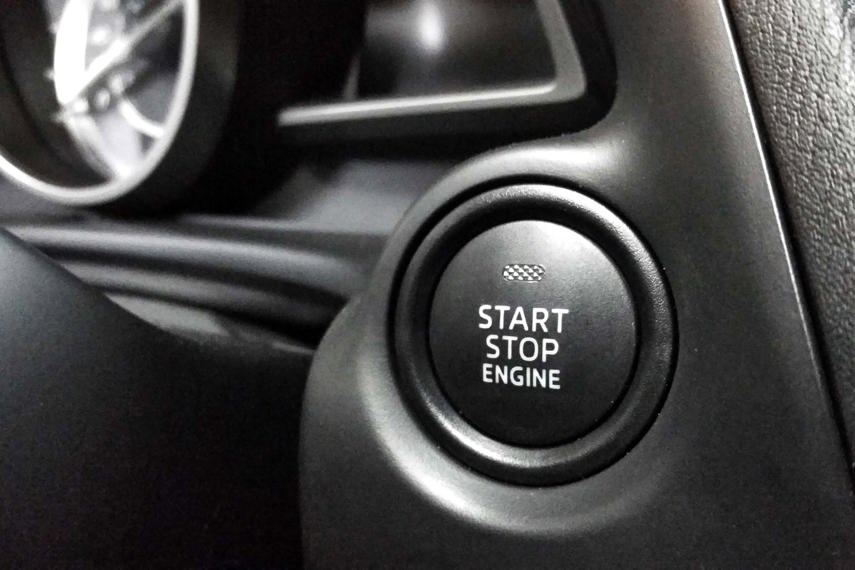
Interior appointments have improved exponentially in the last five years. Our 2004 Mazda6 wagon was almost fully loaded, with a great sound system, sunroof, steering wheel-mounted audio and cruise, and, well, that’s about it. Leather and heat for the seats were the only available items that we didn’t have.
Our 2012 VW further benefits from a panoramic roof, Bluetooth connectivity and touchscreen navigation. But the mainstream has since seen an influx of previously exclusive amenities that make the daily commute more enjoyable.
Push-button start (often combined with keyless entry) are making some headway into the thick of the new vehicle market and I like it. Not that it’s a chore to put the key in the ignition and twist it, but the real benefit is being able to walk up to the vehicle and touch the door handle to have it unlock. When your arms are full or when the temperature is near zero degrees Kelvin, not having to pull the keys out of your pocket to get access to the vehicle is a boon.
Something I’m less fond of is the proliferation of power-operated sliding doors and liftgates. I’m content to operate these myself rather than wait for the door to move on its own. But such features are usually bundled with other options and the choice of whether your vehicle will have them is sometimes not a choice at all. The best power liftgates have a hands-free operation. Hyundai’s system can detect when someone holding the key fob is standing behind the vehicle and it will open automatically, while others rely on a kick under the rear bumper.
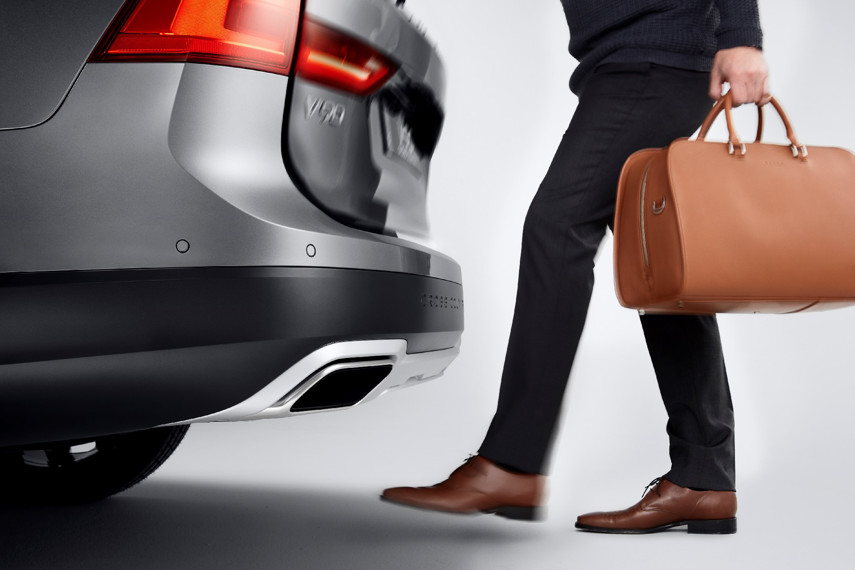
When it comes to the amenities our next ride will have, navigation and a good sound system are mandatory. And very high on the nice-to-have list are heated rear seats, a heated steering wheel, and a panoramic glass roof.
Items we consider strictly optional are the driver assistance features that are starting to go mainstream. While there are significant safety benefits that could be realized, the technology is still relatively new and sufficiently exclusive that insisting on such features might unreasonably limit our selection.
Make the big choices first. Decide on a budget and on what vehicle type will best suit your needs. Never skimp on the test drive; the feature content on new vehicles demands more attention than a 15-minute spin on a bumpy road. And all the Internet research in the world will not tell you that a vehicle just fits you right.
When you’ve narrowed it down to just a few vehicles, it’s time to make the small decisions and determine which vehicle tips the scale in your favour.
